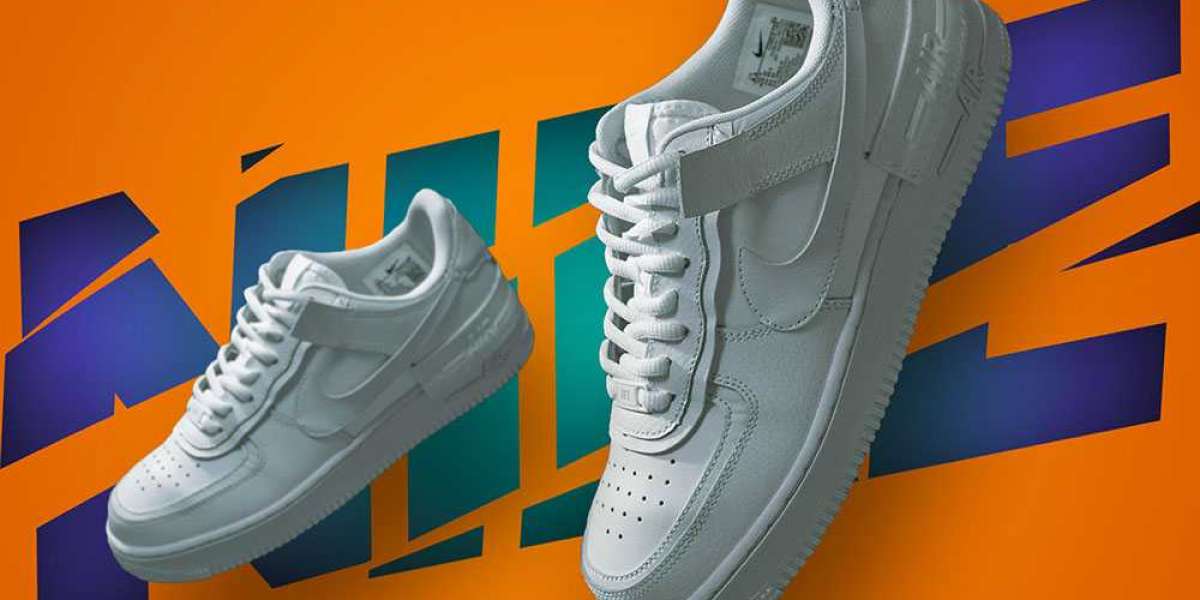Lyft and Uber are household names in the rideshare industry, each offering reliable options for those seeking convenient, flexible transportation. However, choosing between them can be a bit tricky, as each platform has unique features, pricing structures, and user experiences. To help you decide which service best fits your needs, let's examine some essential factors to consider before booking a best ride hailing app with Lyft or Uber.
1. Pricing and Surge Charges
One of the biggest factors when choosing between Lyft and Uber is pricing, especially during peak times. Both platforms employ dynamic pricing, meaning that fares can increase based on high demand. Uber's surge pricing is well-known and can lead to significant price hikes during rush hours, events, or bad weather. Lyft, on the other hand, uses a similar approach called "Prime Time," where rates also go up during busy periods, though reports suggest it can be less aggressive than Uber's surge pricing.
If you’re looking to save money, it’s worth checking both apps during peak times to compare rates. Both Lyft and Uber offer affordable options like Lyft Basic and UberX, as well as shared ride options where available, which can be cost-effective for shorter distances.
2. Availability and Coverage Area
If you're traveling internationally or frequently moving between cities, it’s important to consider each platform’s reach. Uber operates in over 10,000 cities globally, making it ideal for international travelers. Lyft, however, is primarily available in the United States and Canada, which limits its usability outside North America.
Within major U.S. cities, both services generally have solid availability, but the app coverage and number of drivers can vary significantly in suburban and rural areas. For those in need of consistent, reliable rides outside of metropolitan regions, Uber’s broader coverage may be more advantageous. Lyft’s focus on community and partnerships within North America makes it a better choice for users who primarily travel within the U.S. and Canada.
3. User Experience and App Features
While both Lyft and Uber apps offer intuitive interfaces, their user experiences differ slightly. Lyft's app has a friendly, community-oriented design, with an emphasis on lighthearted elements and even the occasional social initiative. Uber's app, on the other hand, provides a more business-like experience, with a clean interface and several extra services, including Uber Eats for food delivery, and options to schedule rides in advance.
Uber's app also offers RideCheck, a feature that detects irregularities in your trip (such as unexpected stops) and offers help if needed. Meanwhile, Lyft focuses on a smoother booking experience and includes options like in-app tipping and "Lyft Stories," where drivers share their experiences. For those who prefer a straightforward and efficient interface, Uber's app may be ideal, while Lyft’s app may appeal more to users seeking a community-driven experience.
4. Loyalty and Rewards Programs
Both Lyft and Uber offer rewards programs that can benefit regular riders. Uber Rewards provides points for every dollar spent on both rides and Uber Eats, which can be redeemed for discounts on future rides, upgrades, and other perks. Lyft Rewards is a similar program, allowing riders to accumulate points to use toward ride credits and service upgrades.
Additionally, Lyft and Uber frequently offer promotions and discounts for new users, which can make your first few rides much cheaper. Uber’s referral program rewards both the inviter and the new user with ride credits, while Lyft often extends promotions to students or during specific events. Checking both apps for promotional codes or discount opportunities can help you save on your rides.
5. Safety Features and Driver Screening
Safety is a top priority for both Lyft or Uber, and each app offers unique features to ensure rider security. Both Lyft and Uber allow riders to share their trip details with friends or family, giving loved ones real-time tracking of the ride. Lyft has an in-app "Emergency Help" button that allows riders to call 911 if needed, while Uber offers RideCheck to detect route irregularities.
In terms of driver screening, both companies conduct background checks and require a minimum level of vehicle maintenance to ensure a safe and pleasant experience. However, both platforms also allow user reviews and ratings for drivers, which helps keep safety standards high.
Conclusion
Choosing between Lyft and Uber involves assessing your specific needs, such as budget, location, and preferred app experience. If you frequently travel internationally, Uber’s wider reach may suit you better. For those who prefer a community-centric experience, Lyft offers a more personable approach. Regardless of the choice, both companies provide valuable services that are generally safe and convenient.
For businesses and entrepreneurs looking to enter the rideshare market, building a rideshare app that can match the quality and reliability of Lyft or Uber is a challenge. Working with an experienced on-demand app development company can make this process smoother and ensure you create an app that resonates with users and stands up to industry standards. With a professional team, you can implement unique features, user-friendly interfaces, and security protocols that set your app apart in the competitive on-demand transportation market.








